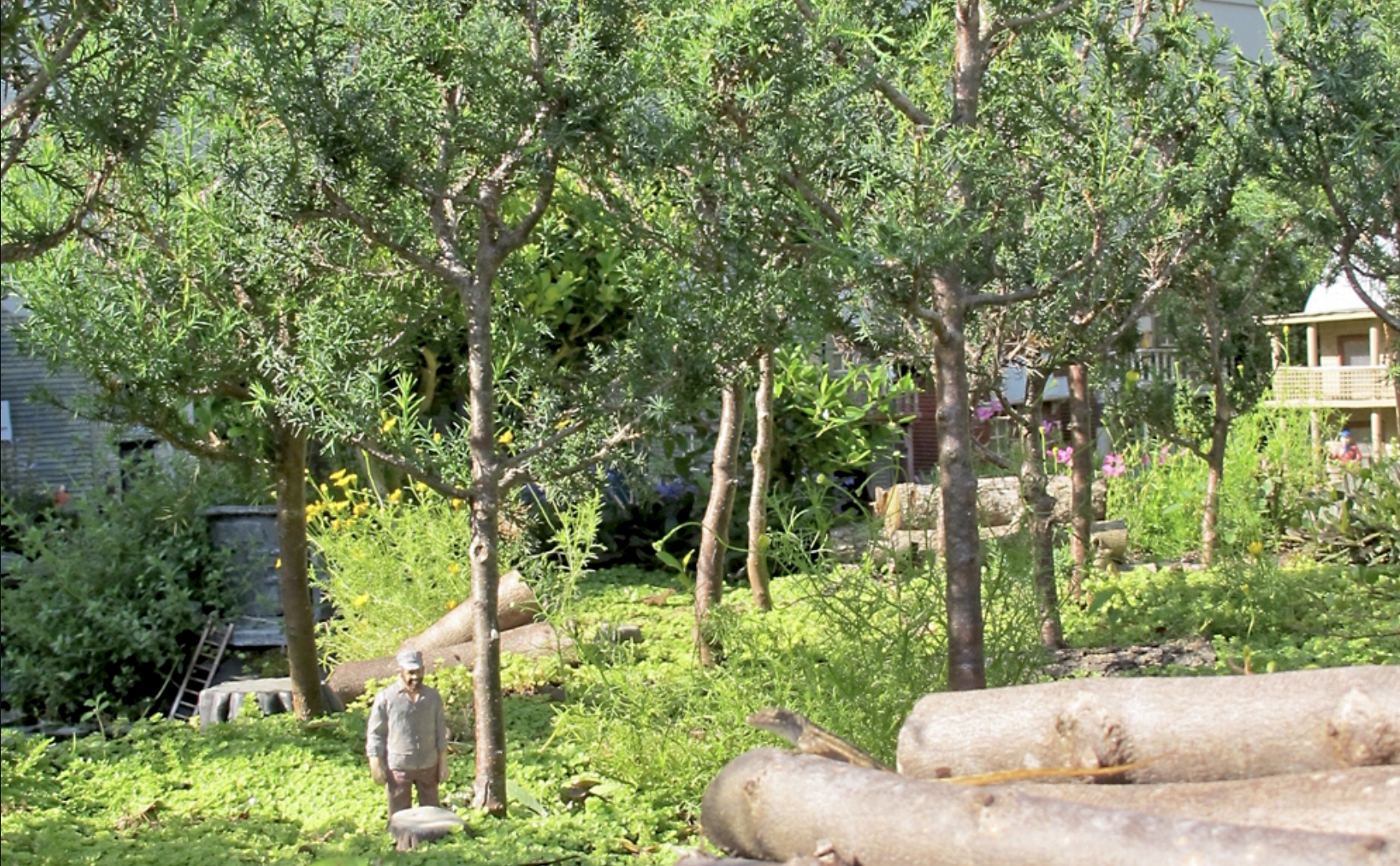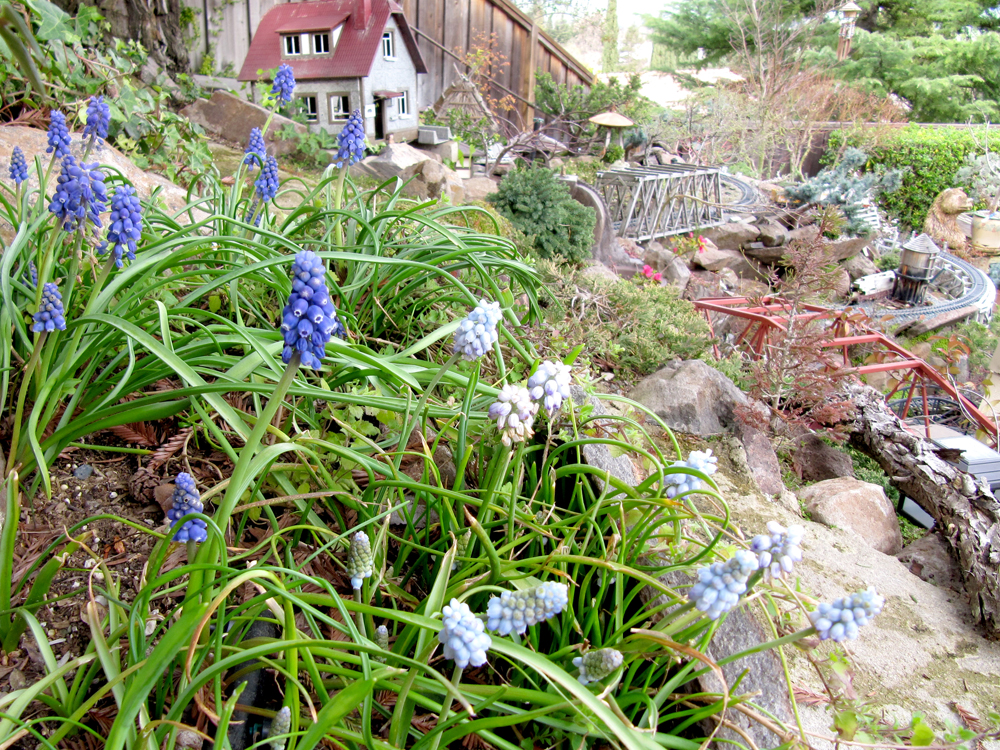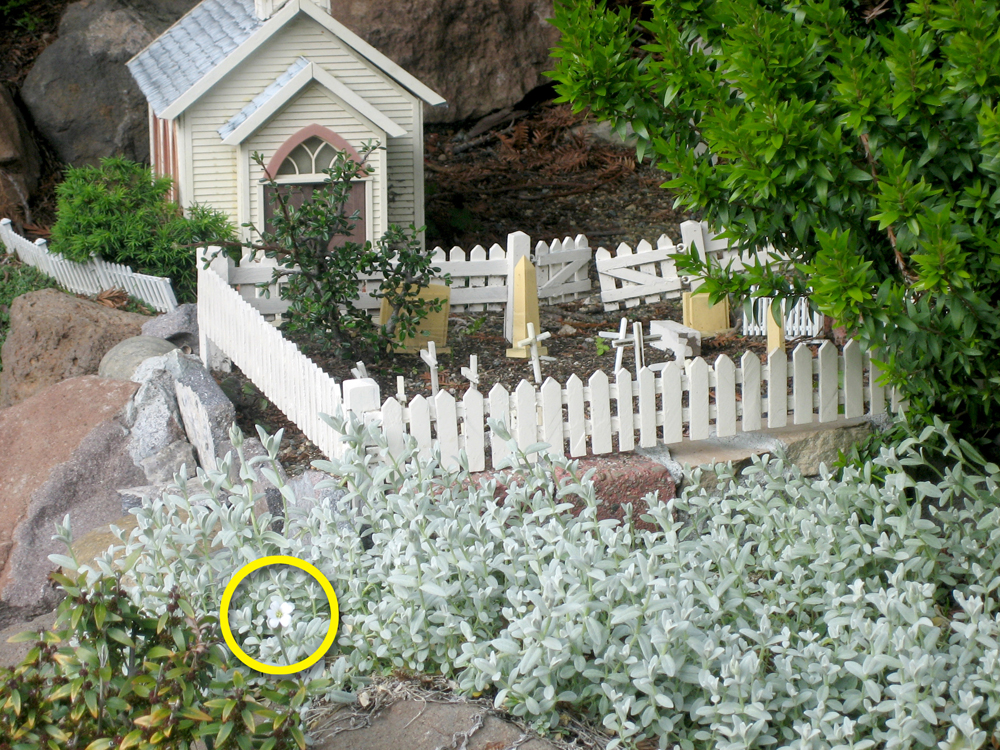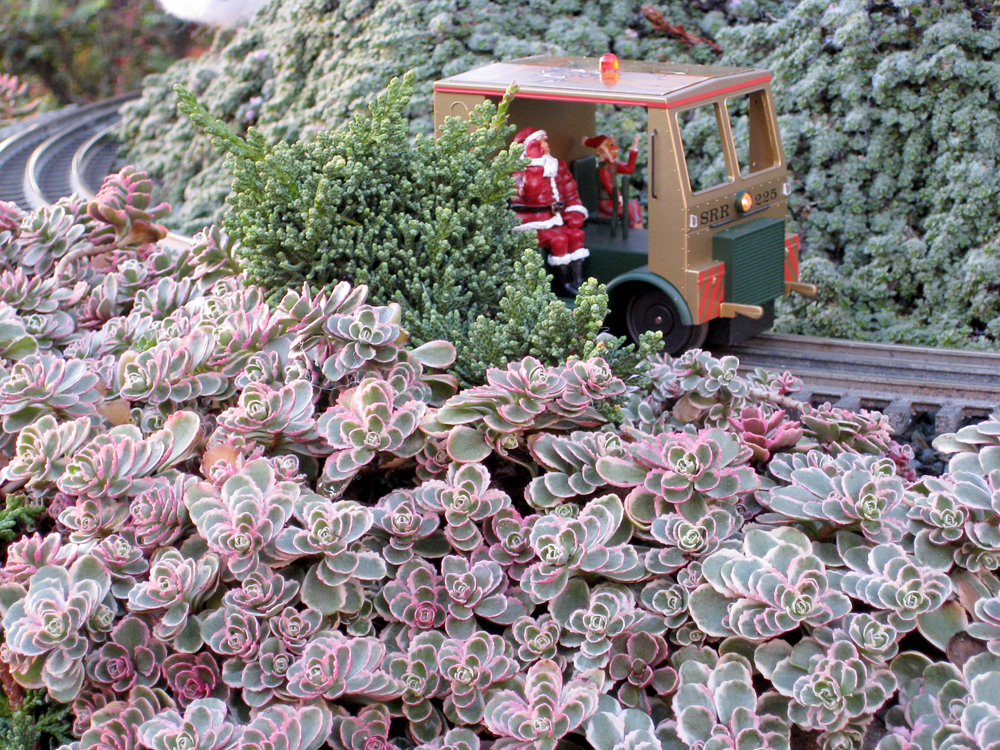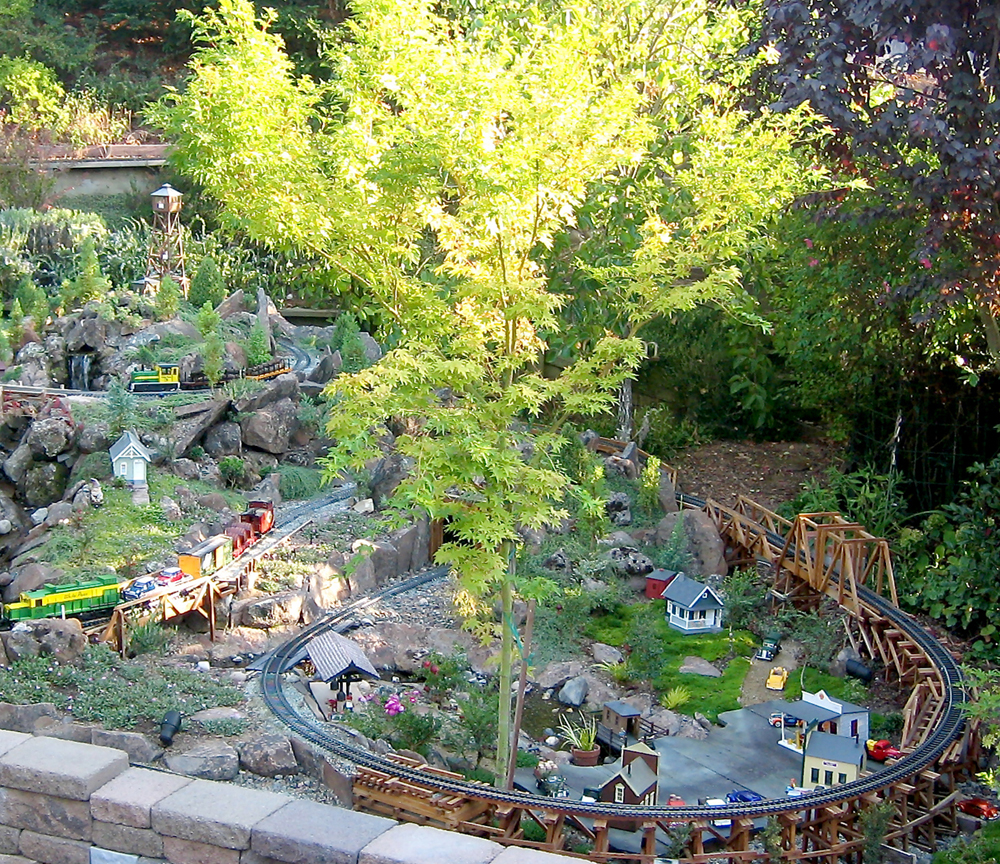Doone Valley lemon thyme

Common name: Doone Valley lemon thyme
Latin name: Thymus citriodora ‘Doone Valley’
Plant type: Groundcover
USDA Hardiness Zones: 4-9
Cultural needs: Well-drained soil, full sun
Plant size: 3″ high x 18″ wide
Doone Valley thyme’s evergreen leaves shine like the sun, with yellow edges that often cover the whole leaf with yellow-gold. his variegated cultivar of lemon thyme fills the air with lemony fragrance all year long and its leaves make a lemony seasoning for salads or cooked fish. All variegated leaves have comparably less surface area for photosynthesis. In exchange for the pleasure they offer, it behooves us to offer them a sunny location; we’ll be rewarded with healthy plants. Like other Mediterranean imports, thyme needs excellent drainage. Insects rarely bother thyme leaves, due to their strong oil (thymol), used in medicines such as Listerine.
Although referred to as an “herb,” most thymes have a woody-stem component (closest to the ground) and can last many years before needing replanting due to excessive wood. Trimming back after the purple flowers turn gray is one way to lengthen the life of this plant. Because thyme plants consistently grow some of the tiniest leaves in the plant kingdom, other plants are named after thyme, as if named for a favorite relative, ‘Thymifolia’. Doone Valley thyme bears leaves less than ¼” long. The whole plant normally grows about 3″ high but you can see in the photo that lushness is a standard in gardens of the Pacific Northwest.





